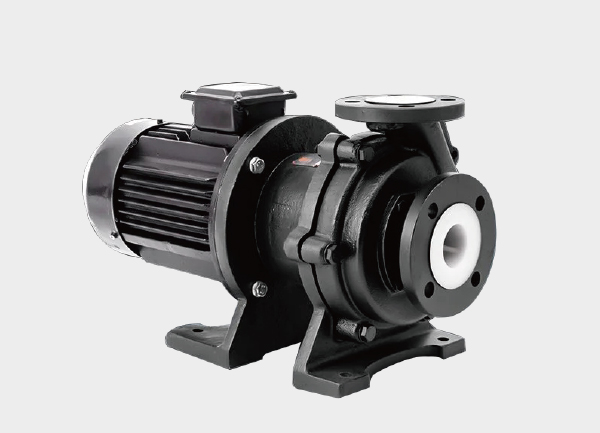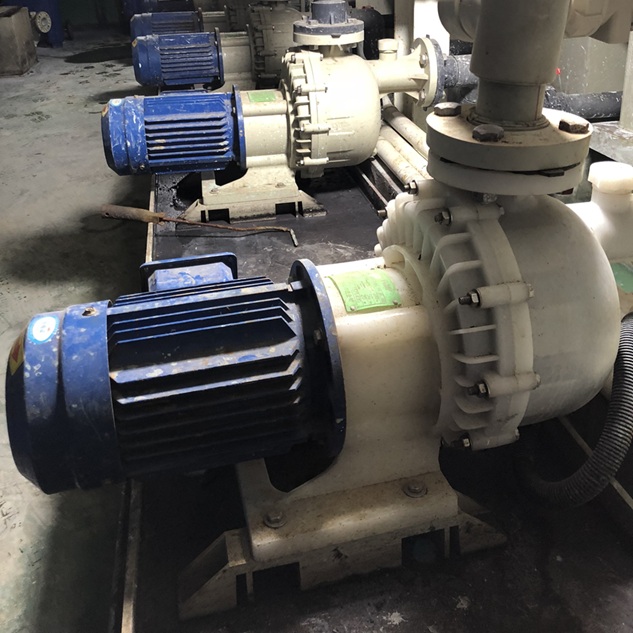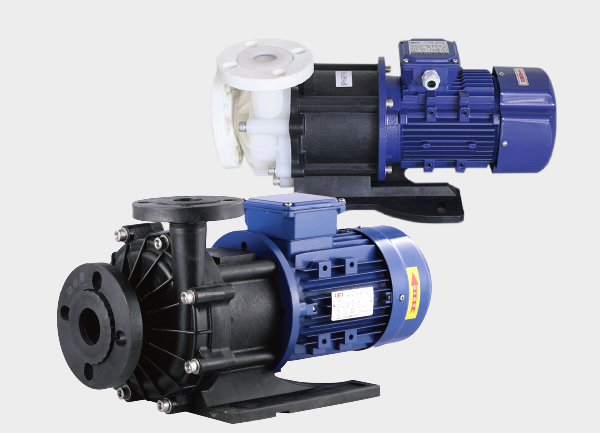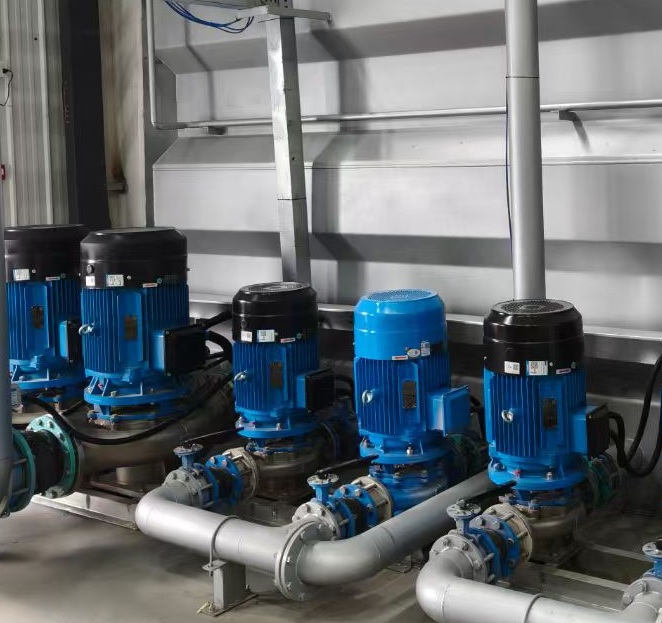1. Overview
The Self-Priming Centrifugal Pump (SP Pump) is a type of centrifugal pump that can automatically establish a suction column without manual priming. By combining the high-efficiency characteristics of centrifugal pumps with the convenience of self-priming, SP pumps are widely used in industrial, municipal, agricultural, construction, and marine applications.
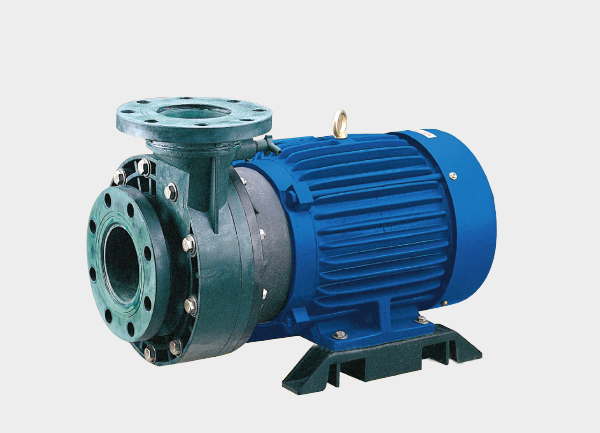
Key Advantages:
Strong self-priming capability: Quickly evacuates air in the suction line to establish a liquid column.
Wide adaptability: Suitable for clear water, lightly contaminated water, and mildly corrosive liquids.
Easy maintenance: Optimized design allows quick disassembly and repair.
Safe operation: Reduces risks of dry running and cavitation.
2. Working Principle and Air-Liquid Separation Mechanism
The core of a self-priming centrifugal pump lies in its ability to remove air from the pump chamber and suction line while building a liquid column. The operation can be divided into four stages:
Start-up Phase
The impeller generates centrifugal force, pushing residual liquid to the outer edge of the pump casing, creating local negative pressure at the pump center.Air Evacuation Phase
Air in the suction line is drawn into the pump chamber, forming an air-liquid mixture that is expelled through the discharge port.Liquid Column Formation Phase
As the air is evacuated, the suction line gradually fills with liquid, establishing a stable liquid column.Normal Pumping Phase
The pump operates as a conventional centrifugal pump, providing steady flow and head.
Technical Note: Self-priming performance depends on pump casing design, impeller geometry, suction pipe length, and fluid properties. Standard design suction lifts are typically 6–8 meters, with specialized engineering solutions capable of achieving up to 10 meters.
3. Core Structure and Design Features
Self-priming centrifugal pumps are based on conventional centrifugal pumps but include specialized self-priming structures:
| Component | Function & Design Highlights |
|---|---|
| Pump Casing | Volute or complex flow channel design ensures efficient air-liquid separation. Materials are selected for corrosion and wear resistance. |
| Impeller | Semi-open or enclosed design with optimized blade geometry to maximize suction efficiency and minimize cavitation. |
| Priming Chamber | Retains residual liquid to generate negative pressure and assist self-priming, reducing startup suction time. |
| Mechanical Seal / Packing | Designed to handle high temperature, pressure, and mildly corrosive fluids, minimizing leakage and wear. |
| Shaft & Bearings | High-precision bearings ensure stable operation and reduce vibration and noise. |
Design Considerations:
The efficiency of air-liquid separation directly affects self-priming performance.
Pump chamber volume, impeller outlet cross-section, and blade design are precisely calculated to optimize suction velocity and air evacuation.
Impellers are typically wide-flow to accommodate low-speed air-liquid mixture evacuation while maintaining efficient liquid transport.
4. Performance Advantages
Efficient Self-Priming: Combines residual liquid and negative pressure for rapid suction.
Cavitation Resistance: Semi-open impeller and optimized pump casing reduce the risk of cavitation caused by air.
Mixed Liquid Handling: Some models can transport fluids containing small solids or light fibers.
Maintenance-Friendly: Pump casing and impeller are easy to disassemble; mechanical seals are simple to replace.
5. Applications and Engineering Value
Self-priming centrifugal pumps are widely used due to their self-priming capability and high-efficiency flow:
Industrial Production: Chemical liquids, cooling water circulation, and light wastewater transfer.
Municipal and Construction: Rainwater drainage, fire protection, underground pipeline boosting.
Agriculture & Irrigation: Field drainage and river pumping.
Marine & Mining: Bilge pumping, slurry transport, and mild corrosive fluid handling.
Engineering Benefits:
Reduces startup procedures and manual maintenance costs.
Enhances overall system reliability and operational stability.
Maintains continuous fluid supply in complex operating conditions, minimizing downtime risks.
6. Installation and Maintenance Guidelines
Installation Principles
Ensure the suction pipe is airtight to prevent air leaks.
Minimize suction pipe length and elbows to improve self-priming efficiency.
Install the pump horizontally to reduce vibration and protect bearings and seals.
Routine Maintenance
Regularly inspect mechanical seals, bearings, and impeller wear.
Clear residual liquid from the pump to prevent corrosion or blockage during downtime.
Monitor flow, head, vibration, and noise for anomalies.
Engineering Considerations
Avoid pumping high-viscosity fluids or liquids with large fibers/solids.
Retaining a small amount of residual liquid before startup accelerates suction.
Long suction pipelines require sufficient pump head margin.
Self-priming centrifugal pumps, with their air-liquid separation mechanism and high-efficiency centrifugal pumping, provide reliable, efficient, and low-maintenance solutions for a wide range of engineering applications. Proper design, installation, and maintenance significantly extend service life and ensure stable operation under demanding conditions.



